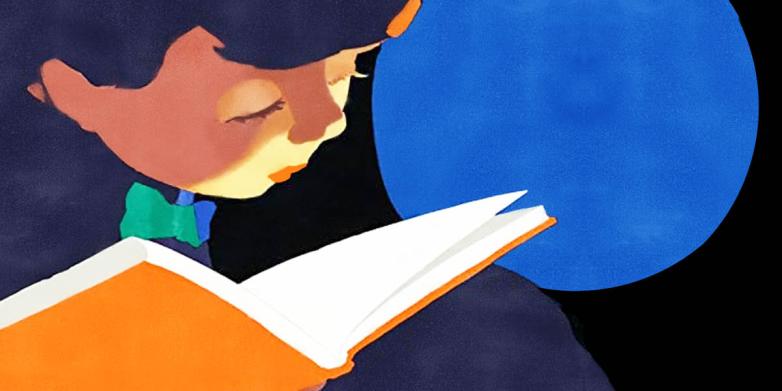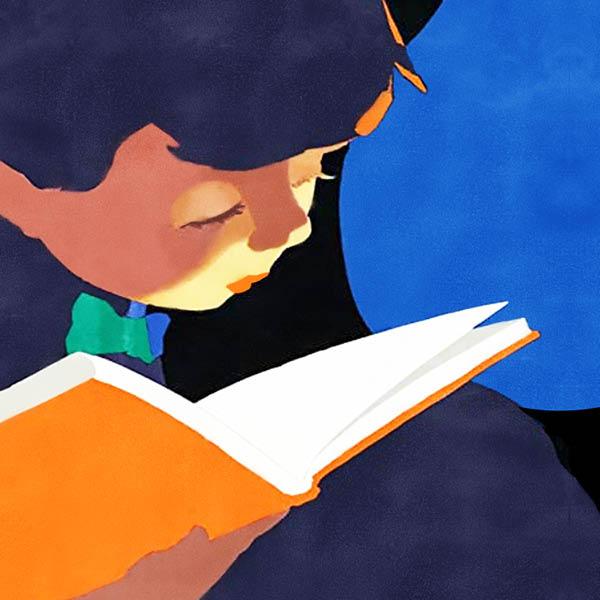Posters promoting books and literacy on the whole can be equally powerful—readers of a certain age may recall the massive “Read” posters featuring celebrities that frequently flanked library walls across America--but the history of literary propaganda has swayed unsuspected literati since the 1800s.
"Literary posters are some of the most beautiful and sought-after in the world,” said Lippert. “Particularly in America, posters advertising books or literary magazines were a high point in early graphic design history, as they allowed artists like Edward Penfield or Will Bradley to create images that invited you to imagine. Rarely are they too literal, but rather these graphics act as windows into a world you will help paint in your mind with the assistance of a book. Many times, as in the case of Aubrey Beardsley's various book posters, the images have nothing to do with the actual stories, but are merely a jumping off point of bringing you as a reader into the scene."
Get caught reading at “Writ Large: How Posters Sold Books Through the Ages,” a virtual live event hosted by the Grolier Club. Though free, registration is required.

















